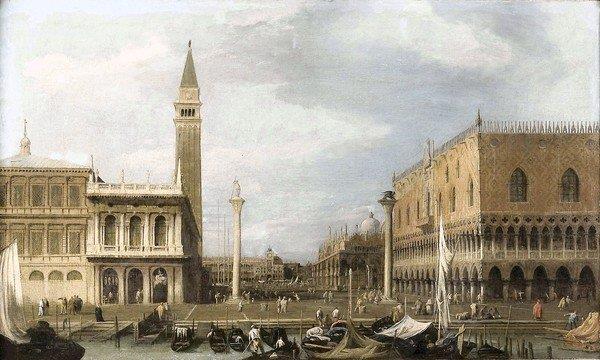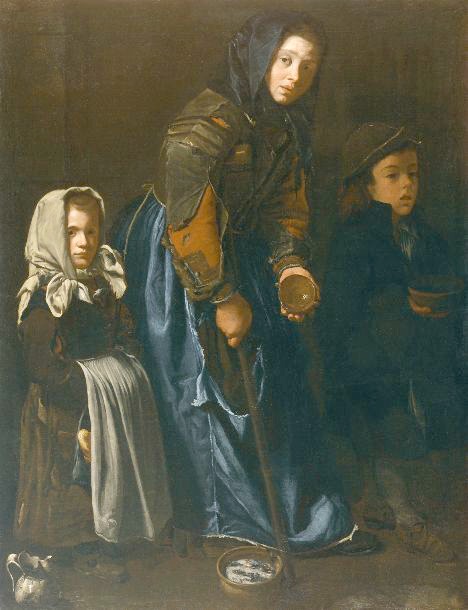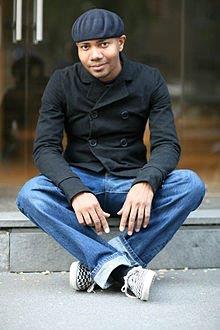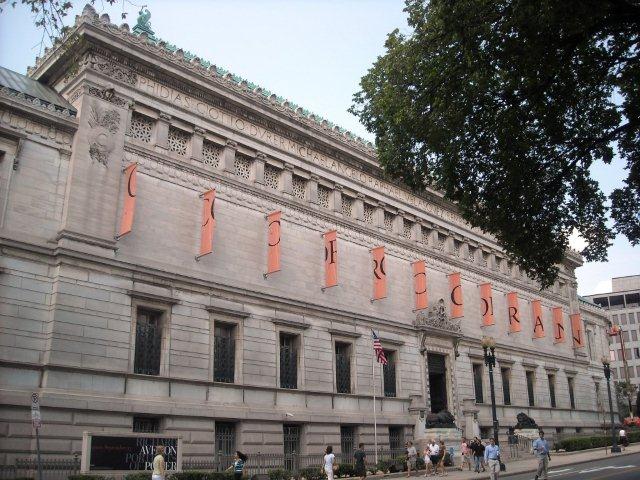It’s happening as previously suggested in many places: The Corcoran’s board plans to merge its art school with the University of Maryland — or, “join forces,” as people in the know appear to prefer.
Trustees are apparently meeting this very afternoon to approve the deal, and the announcement is expected around 4 p.m., following the board meeting. Here’s the item in Washingtonian.
Further evidence, “the Corcoran community” will “will have an opportunity to meet with Mary Ann Rankin, Senior Vice President and Provost of the University of Maryland” on Monday. She’ll be at the downtown campus to meet with students, “learn more about you and the Corcoran, answer your questions, and have a discussion about the process of developing an academic partnership.” That was the message this noontime from Catherine Armour, the Corcoran’s Provost and Chief Academic Officer.
Trouble is, the whole thing on Monday lasts just 45 minutes — from 1 to 1:45 p.m. And it’s mediated — questions are to be sent in advance via email. Not a way to start establishing trust — it should go on as long as there’s a single (good) question in the room.
I guess one can’t have everything. Now to the future of the Gallery.
UPDATE: Looks as if the students are having none of this. They protesting, set to gather at 2 p.m. today, outside the trustees meeting, at Paul Hastings law offices on 15th Street NW in the District. They have three demands:
1 – Implement structural changes with the goal of creating transparent and democratic decision-making process.
2 – Demand the immediate resignation of Chairman of the Board of Trustees, Harry F. Hopper III and Director Fred Bollerer.
3 – Appoint Wayne Reynolds as Chairman of the Board of Trustees.
I think they are misguided on No. 3.
UPDATE 2: Here’s the official Washington Post story on the matter. The nut grafs:
The Corcoran’s board of trustees voted 13-to-0 Wednesday afternoon to sign a preliminary agreement to explore a long-term partnership with Maryland that could include shared faculty; joint student degrees; cooperation on developing new courses; pairing interdisciplinary teams of artists, engineers and computer scientists on projects; and expansion of the Corcoran College of Art and Design by several hundred students, Corcoran and Maryland officials said….
…A Maryland official said that the university would be willing to commit unspecified resources to the partnership. But before the partnership takes effect, the parties must hammer out a more detailed legal agreement, which could be signed this summer.
…Under the agreement, Maryland would also be able to nominate trustees and thus influence the direction of the Corcoran. The Corcoran board has 13 voting members and four unfilled openings.
…At the same time, the Corcoran made three other significant announcements:
It will exhibit a number of the paintings from the National Gallery of Art during the three-year period, beginning in January, when the East Wing is closed for renovation. Hopper said the Corcoran has room in the upstairs galleries where traveling exhibits normally are displayed because there are gaps in the traveling exhibit schedule. Corcoran curators would curate the works, which would probably be from the post-World War II period, in keeping with the Corcoran’s modern-contemporary focus, Hopper said…
…Corcoran also announced the appointment of a new, temporary director to replace the retiring Fred Bollerer. She is Peggy Loar, who until recently was director of the National Museum of Qatar. Loar will serve at the Corcoran for at least several months as the partnership with Maryland is established, Hopper said. A permanent director will be named later.
Finally, the Corcoran released a “Strategic Framework for a New Corcoran,†an approximately 10-page document (also to be posted online Wednesday evening) that is the distilled fruit of two years of research and some $1.5 million in consultant fees. It is the long-awaited new roadmap for an institution that has been casting about for an updated vision for decades, as it lagged behind publicly funded museum rivals in Washington.
The framework, in full, is here. Read for yourself, but on first glance it seems to general to mean much, at least to me.




